DepthReading
Khotan King in Dunhuang Mural
Many Dunhuang murals would depict patrons and related figures. These figures are collectively referred to as ‘donor images’. On the one hand donors believe that to construct caves and create Buddhist images is a way to increase fortune, realize wishes, and salvage the deceased out of religious belief; on the other hand it also strengthens bond within the family, showcases the prowess of the clan and shapes the regional culture.
In Cave 98 of the Mogao Grottoes, a 2.82 meters high portrait is particularly impressive. The inscription next to the portrait, which says “Dachao Dabao Khotan King Dasheng Daming emperor”, tells the identity of the figure to be the Khotan King Li Shengtian. The portrait of the Khotan King Li Shengtian is also the largest emperor portrait found in Mogao Grottoes.
Ancient Khotan was one of the kingdoms in the Western Regions. It had Hetian River in its territory, Kunlun Mountains on the south, and bordered the Taklimakan desert on the north. At its heyday, it controlled the whole of today’s Hetian area of Xinjiang. At 2nd century BC (Western Han Dynasty), the Yuchi clan established the Khotan Kingdom here. The depicted patron Khotan King Li Shengtian was originally named Visa Sambhava. At around 1006 or 1007 Khotan was destroyed by the Qarakhanids.
The Khotan king in the portrait is a noble and dignified man with an imposing appearance. Although a king of a Western Regions kingdom, Li Shengtian wears a crown which has tassels and a Chinese emperor's robe, which is embroidered with the sun, the moon and the dragon and animals -- in the complete style of a Han Emperor. Maybe this set of clothing was from the Central Plains area, or perhaps the Khotan King ordered it to be made in the Han style. All these possibilities point to one conclusion that at that time, fashion of the Central Plains had great impact on the Western Regions, and the nobility of the Western Regions took pride in wearing Han nobility dresses. This is just like when we take a group photo today, we would always choose our favorite dress which best reflects our status and taste.
As early as in the Tang Zhenguan years, Tang Taizong conferred the Yuchi from Khotan the title of King, and awarded him the surname Li and the position of the captaincy general of the pishamen dudufu, one of the four An Xi towns. The figure in the portrait, Li Shengtian was from the Five Dynasties, and was made the King of Khotan by the Later Jin Dynasty emperor Shi Jingtang in Tianfu 3rd year (938 AD). However, why would the image of a Khotan king appear in the donation cave constructed by Cao Yijin, Dunhuang military envoy of local armed force regime“Guiyi”?
This is a scripture numbered P.2998 with the Chinese Buddhist scripture "large Prajna paramita Sutra" volume five hundred and forty-one. The back is eighteen lines in Uighur. The content is composed of two parts: the first section recounts the story of Jinguo envoys proposing to the daughter of some Shazhou ruler; the second section is some ancient Turkic words. Only nine lines of the first section remain, which when translated into Chinese are:"...... Good time. Happy...... The horse year (934), May, the envoys of our Jin Kingdom come to propose marriage to the daughter of the ruler of hundred households. We got the princess, and got a good honor. May mother and father again safely return to Jin! Who reads this (Wen Ju), who will become the owner of countless wealth.’
The above mentioned "Jin Kingdom" is the official name of the Khotan Kingdom between 851 to 938. The Princess who married the King of Khotan was the daughter of Cao Yijin, ruler of Sha Zhou. Their wedding was shortly after May, year of Horse (i.e. about 934 A.D. June to July). This King was Li Shengtian and the daughter of Cao Yijin was canonized as the queen of Khotan by the Later Tang dynasty. That is to say, this king of Khotan was Cao Yijin's son-in-law, so he, the Empress Cao and their relatives also appeared in the cave for the Cao clan.
There are more than 9000 portraits of patrons being preserved in Mogao Grottoes. The patrons in these portraits lived in a wide time spectrum from the northern Liang, Northern Wei, Western Wei, Northern Zhou, Sui, Tang, Five Dynasties, Song, Uighur, Western Xia, Yuan and Qing Dynasty; they were also of a variety of social statuses, from high ranks like emperors, high officials and eminent monks to commoners like civilians and ordinary monks and nuns etc. There are Han Chinese figures and ethnic minority figures like Xiongnu, Xianbei, Tibetan, Uighur, Khotan, Western Xia, and Mongolia. The patron images in the Mogao Grottoes provide precious visual materials for the studies of ancient Chinese Buddhist history, ethnography, the local history, iconography, costume fashion and so on.
(Source: Dunhuang Academy)
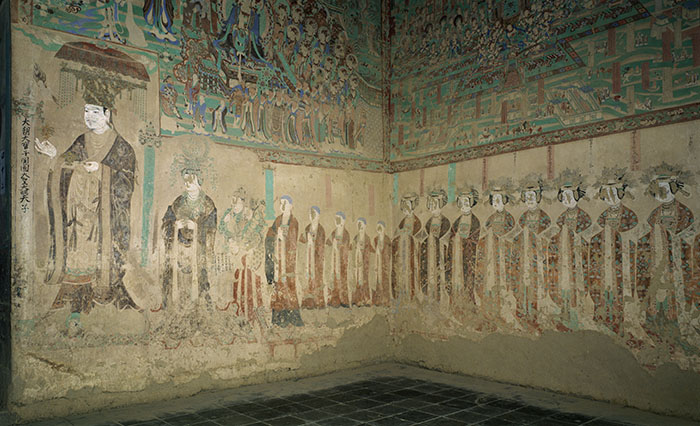
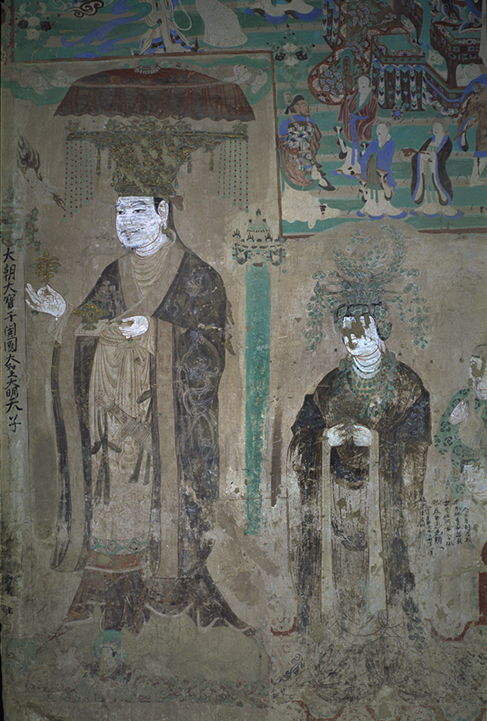
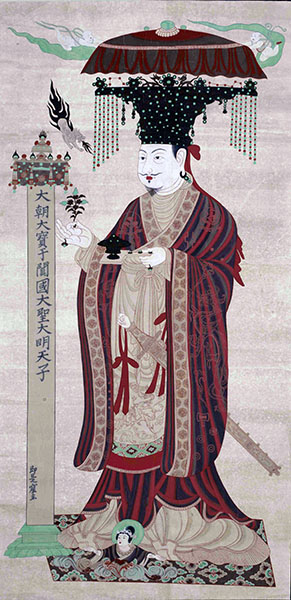
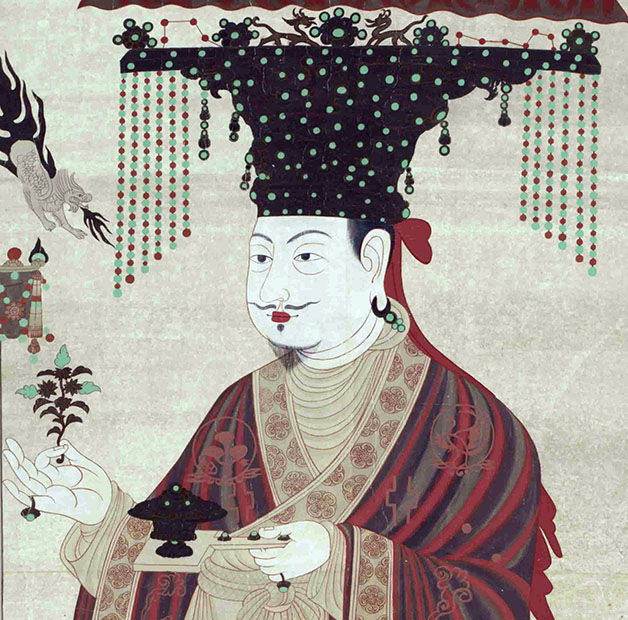
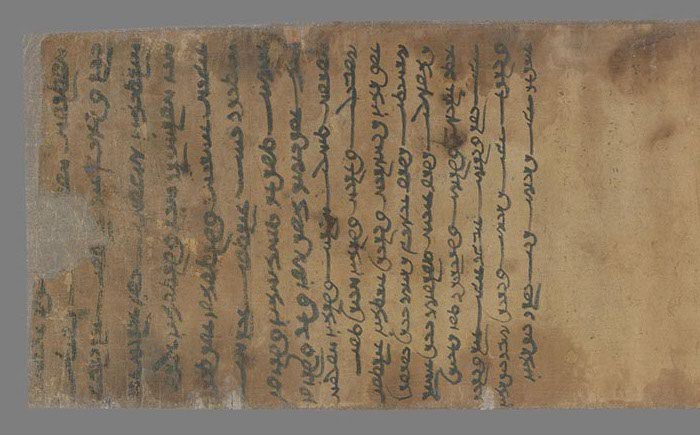
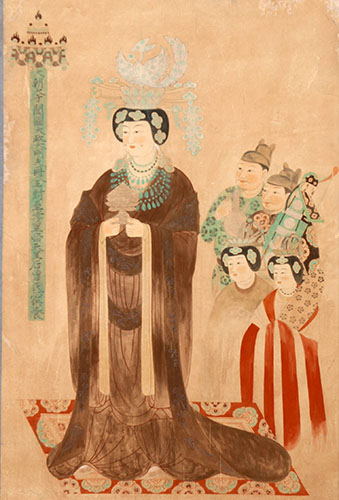
Category: English
DepthReading
Key words:
